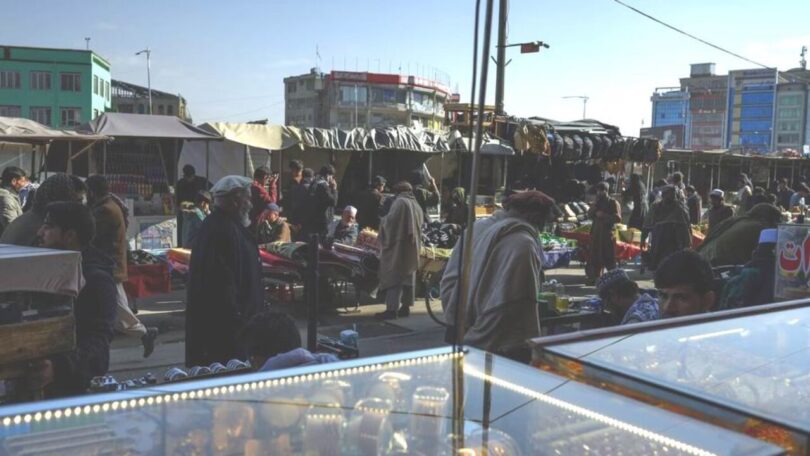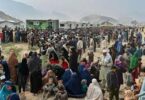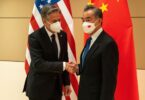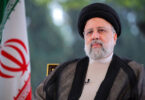The Taliban interim government is currently pushing hard to build the Afghan economy through domestic talent and resources to achieve at least self-sustainability if it cannot attain self-sufficiency. The Afghan incumbent government could not bridge the gap between itself and the international community to end the diplomatic and trade isolation rather there had been a significant distraction with the neighbours including Pakistan that caused a blow to the Afghan economy in respect of bilateral and transit trade. Presently, Afghan officials are overseeing the construction of dams and canals to boost agriculture, and tunnels to connect remote provinces. Steel mills work through the night to churn out red-glowing, heavy beams for infrastructure projects. The Taliban-run government’s ambitions are driven by necessity and are mostly being fulfilled by relying on domestic revenue to finance development projects, however economic challenges and no technical and financial support from abroad severely hinder the pace of construction work and development initiatives.
The war-torn Afghanistan faces a multitude of interconnected social and economic issues due to decades of conflict, instability, and underdevelopment. Prolonged conflict has resulted in massive internal displacement and millions of Afghans have taken refuge abroad in other countries including Pakistan, Iran, Turkey, etc since the violence erupted in the early eighties. Presently, Afghanistan’s population faces widespread poverty, unemployment, limited economic opportunities, and least commercial activities, while returnees from neighbouring countries further exacerbate social issues and contribute to instability. Meanwhile, lack of essential infrastructure, and inadequate access to basic services such as clean water, electricity, and transportation, slows down the efforts for socio-economic development and integration. Persistent security threats, issues relating to human and women’s rights, and a ban on girls’ education impede the delivery of urgently needed foreign humanitarian assistance adding to the public’s woes hindering the development efforts, and weakening people’s confidence in the government.
Although, addressing these issues is the top priority of the Afghan rulers, but it requires a lot of resources and a comprehensive approach involving not only the immediate restoration of foreign humanitarian aid but also long-term strategies focusing on sustainable development, education, healthcare, infrastructure rebuilding, employment generation, and promoting peace and stability within the country. Nation-building in landlocked Afghanistan involves a complex set of challenges due to its geographical constraints, prolonged violence, and political instability, along with the prevailing social, political, and security dynamics within the country. All those issues and ailments merit a multifaceted approach from the Afghan interim government that encompasses measures to restore political stability through inclusive governance, social cohesion, and regional cooperation with neighbouring countries as well as global partners to boost bilateral trade and cooperation.
So far, all these proven strategies are not available to Afghan interim leaders to steer their nation toward economic development, industrial growth, and social prosperity. The global community does not recognize the Taliban government, the US has confiscated their funds, local political groups are apprehensive about their intentions, and neighbours are not on friendly terms with them. The People’s Republic of China (PRC) is currently assisting the Islamic Emirates and Chinese firms have invested significantly in energy and infrastructure projects yet continuity and completion of those projects is very crucial.
Afghan leaders mistakenly picked up their political agenda in the first go instead of initiating a campaign for nation-building, thus opposing political inclusiveness, restricting women’s freedom, and imposing a ban on girls’ education created big hurdles to their vision for political stability, economic progress and growth. Although, the agenda of interim Afghan rulers is not very difficult yet their strategy abstains from fundamental elements that are crucial to grasping the idea of industrial revival and economic self-sufficiency. However, the pros and cons of their statesmanship and legacy will be evident in the future.







